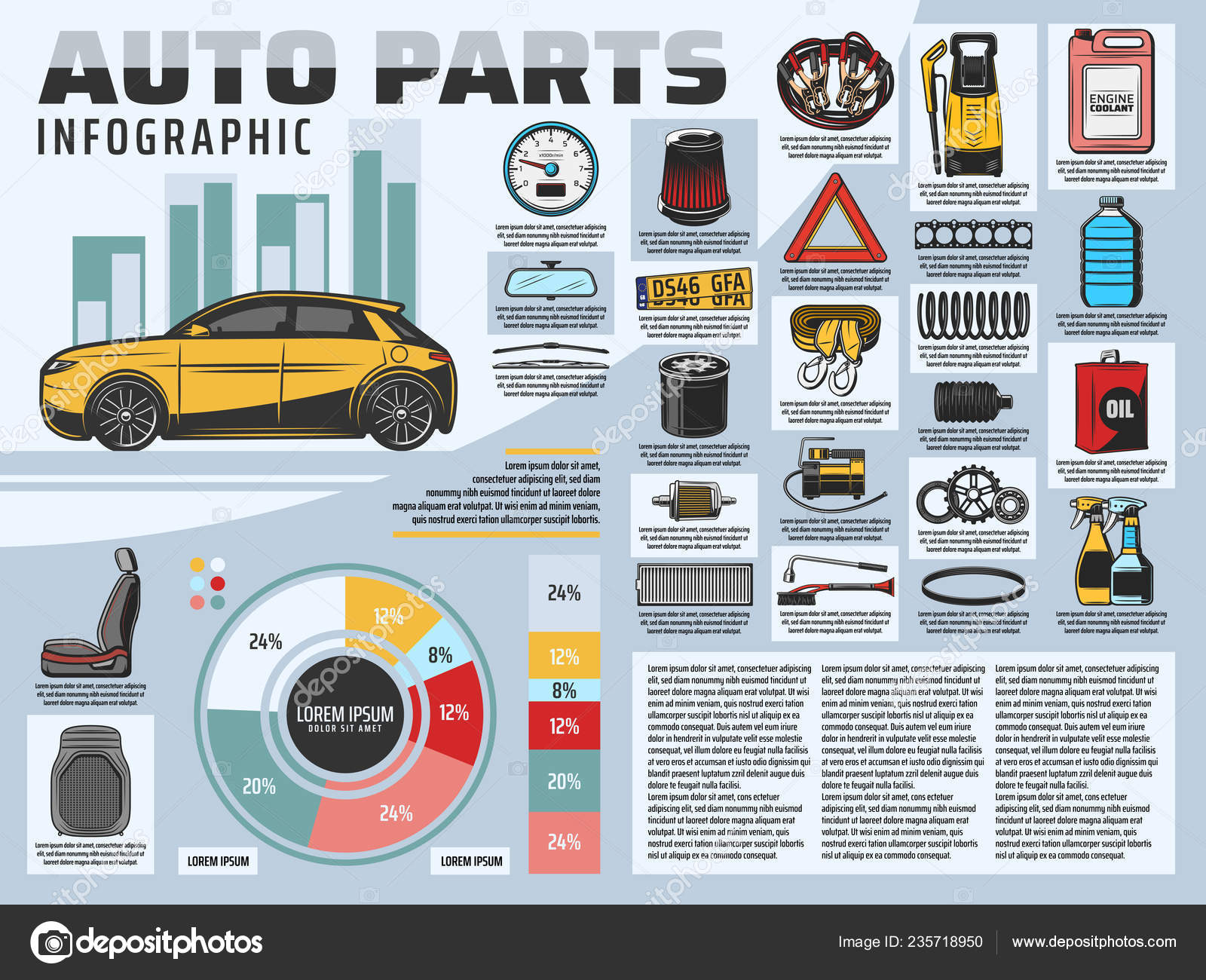Grasping The Value Of Your Automobile'S Warning Signals: What They Actually Represent
Grasping The Value Of Your Automobile'S Warning Signals: What They Actually Represent
Blog Article
Article Writer-Lim Corbett
When you lag the wheel, those beautiful warning lights on your dashboard can be a bit perplexing. Do you understand what they're trying to inform you concerning your automobile's health and wellness? Comprehending the relevance of these lights is crucial for your safety and the longevity of your car. So, the next time among those lights pops up, would not you want to decipher its message properly and take the required actions to address it?
Common Caution Lights and Interpretations
Identify typical caution lights in your automobile and recognize their definitions to ensure risk-free driving.
One of the most typical warning lights include the check engine light, which signals concerns with the engine or emissions system. If this light begins, it's essential to have your vehicle examined immediately.
The oil stress advising light suggests reduced oil stress, calling for instant attention to prevent engine damages.
A blinking battery light might recommend a damaged billing system, possibly leaving you stranded otherwise dealt with.
The tire pressure monitoring system (TPMS) light informs you to reduced tire stress, impacting vehicle security and fuel performance. Overlooking this can cause risky driving problems.
The abdominal muscle light indicates a trouble with the anti-lock braking system, jeopardizing your capability to stop swiftly in emergency situations.
Lastly, the coolant temperature cautioning light warns of engine overheating, which can lead to severe damages otherwise dealt with quickly.
Recognizing boat wash near me will help you address problems immediately and keep safe driving problems.
Significance of Prompt Focus
Comprehending the usual warning lights in your automobile is just the first step; the relevance of without delay addressing these warnings can not be emphasized sufficient to guarantee your safety and security when traveling.
When a caution light brightens on your dashboard, it's your automobile's means of communicating a prospective issue that needs attention. Overlooking these warnings can lead to a lot more extreme issues down the road, compromising your safety and possibly costing you a lot more out of commission.
Prompt interest to cautioning lights can stop failures and crashes. For https://arthurpjdys.59bloggers.com/31635078/keen-to-uncover-how-automation-and-robotics-are-improving-the-car-outlining-landscape , a blinking check engine light can show a misfire that, if left neglected, could cause damages to the catalytic converter. Addressing this promptly can save you from an expensive fixing.
Similarly, https://www.gamespot.com/articles/gta-players-can-grab-a-fancy-sports-car-and-other-freebies-this-week/1100-6505834/ advising light could indicate reduced brake liquid or used brake pads, vital parts for your safety and security when driving.
DIY Troubleshooting Tips
If you see a caution light on your dashboard, there are a few do it yourself fixing ideas you can try prior to seeking expert aid.
The very first step is to consult your car's handbook to recognize what the details caution light indicates. Sometimes the concern can be as straightforward as a loose gas cap triggering the check engine light. Tightening up the gas cap may deal with the issue.
An additional common concern is a reduced battery, which can set off numerous alerting lights. Checking the battery connections for rust and guaranteeing they're protected may take care of the trouble.
If a caution light persists, you can attempt resetting it by separating the cars and truck's battery for a couple of mins and afterwards reconnecting it. Additionally, examining https://brakesandrotors63849.blogacep.com/36410089/the-5-the-majority-of-typical-misconceptions-regarding-vehicle-detailing-clarified , such as oil, coolant, and brake fluid, can aid troubleshoot advising lights connected to these systems.
Final thought
Finally, comprehending your car's caution lights is vital for maintaining your car running smoothly and safely. By quickly dealing with these signals and understanding what they mean, you can prevent pricey repairs and potential break downs.
Keep in mind to consult your vehicle's manual for specific details on each cautioning light and do something about it as necessary to make certain a trouble-free driving experience.
Remain notified, remain secure when traveling!
